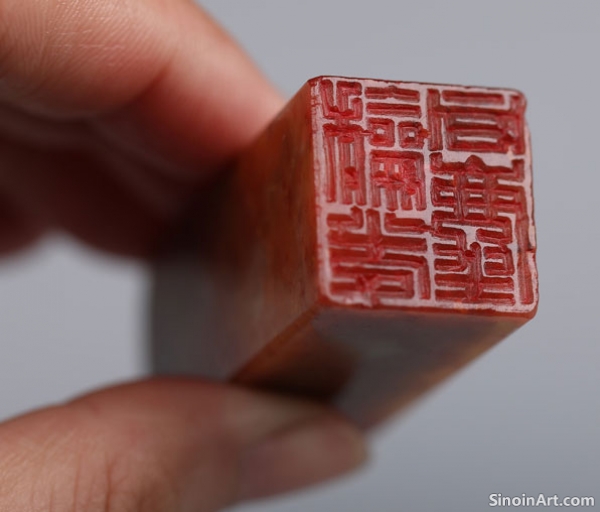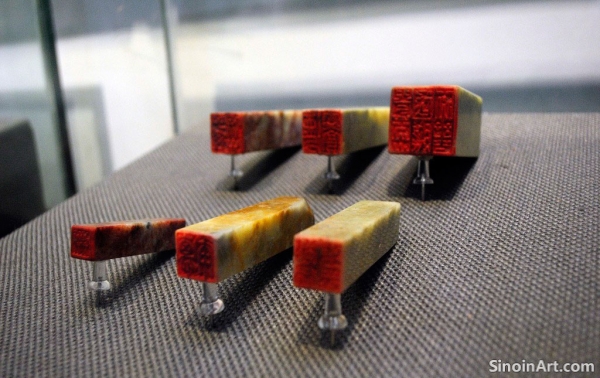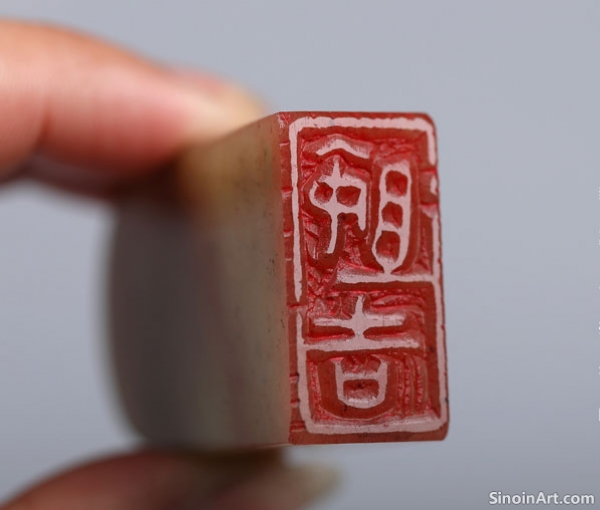Famous Seal Carvers in Chinese History: The Masters of Zhuanke
|
Throughout Chinese history, many exceptional seal carvers have left their mark on the art of zhuanke. These masters, through their talent and innovation, not only perfected their craft but also influenced later generations of artists. Their unique styles, techniques, and contributions are studied and admired by seal carvers today. Understanding their contributions enriches the appreciation of the history of seal carving.  One notable figure is Zhao Mengfu (1254–1322), a prominent scholar, painter, and calligrapher of the Yuan Dynasty. Zhao Mengfu’s skill in calligraphy deeply impacted his seal carving. His seals often incorporated flowing lines and elegant character arrangements, reflecting the aesthetic ideals of his time. He was a master of the zhuanshu script, known for its graceful, curved lines.  Another important carver is Wen Peng (1497-1573) from the Ming Dynasty, credited with popularizing the use of soft stones such as Shoushan. His innovative carving styles and techniques greatly impacted the development of zhuanke. He often favored a more rustic, bold style compared to the classical elegance of Zhao Mengfu, and his work is considered a milestone in the art's history.  Qi Baishi (1864–1957), a renowned painter of the 20th century, was also a skilled seal carver. Qi Baishi's seals were known for their simplicity, boldness, and expressive power. He used both zhuwen and baiwen techniques to create dramatic effects, and his use of the seal as part of his art is a common characteristic of many master artists. These individuals, along with many other master carvers, have contributed to the rich legacy of zhuanke. Their lives and careers demonstrate the dedication, skill, and passion necessary to create lasting works of art through this ancient medium. Their work continues to inspire the pursuit of excellence in Chinese seal carving. The study of the masters allows modern carvers to understand the historical context and technical evolution of the art. The work of these masters serves as a guide, while also inspiring innovation and the pursuit of personal artistic expression. |
Tag : famous seal carvers, Zhao Mengfu, Wen Peng, Qi Baishi, zhuanke masters
Related information
- Seal Carving Workshops and Courses: Learning the Ancient Craft
- Tools of the Trade: Essential Equipment for Seal Carving
- Seal Carving in Painting and Calligraphy: A Finishing Touch
- The Materials of Seal Carving: From Stone to Ink
- Collecting Collector's Seals: A Journey Through Art History and Connoisseurship
Discover the world of Chinese seal carving by enrolling in workshops or courses. Learn about techniques, materials, and design, and connect with a community of artists and enthusiasts.
This article explores the essential tools and materials used in Chinese seal carving, focusing on the importance of carving knives, stones, ink pads, and other specialized equipment.
This article explores the use of Chinese seals as a finishing touch in painting and calligraphy, emphasizing their role in composition, authentication, contrast, and expressing symbolic meaning.
This article explores the various materials used in Chinese seal carving, including the different types of stones, inks, seal pastes, and other supplies that contribute to the art form.
This article explores the personal journey of those who collect collector’s seals, emphasizing the blend of artistic appreciation, historical research, and personal engagement with Chinese art and culture.